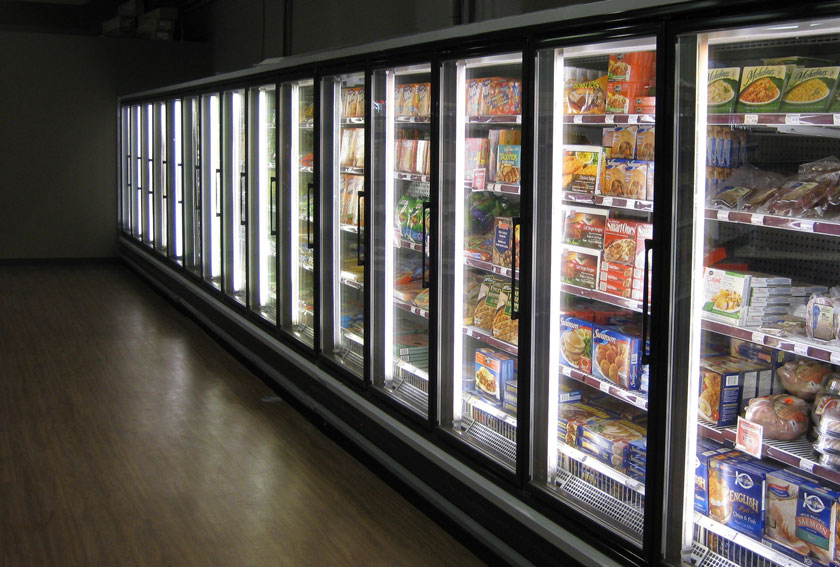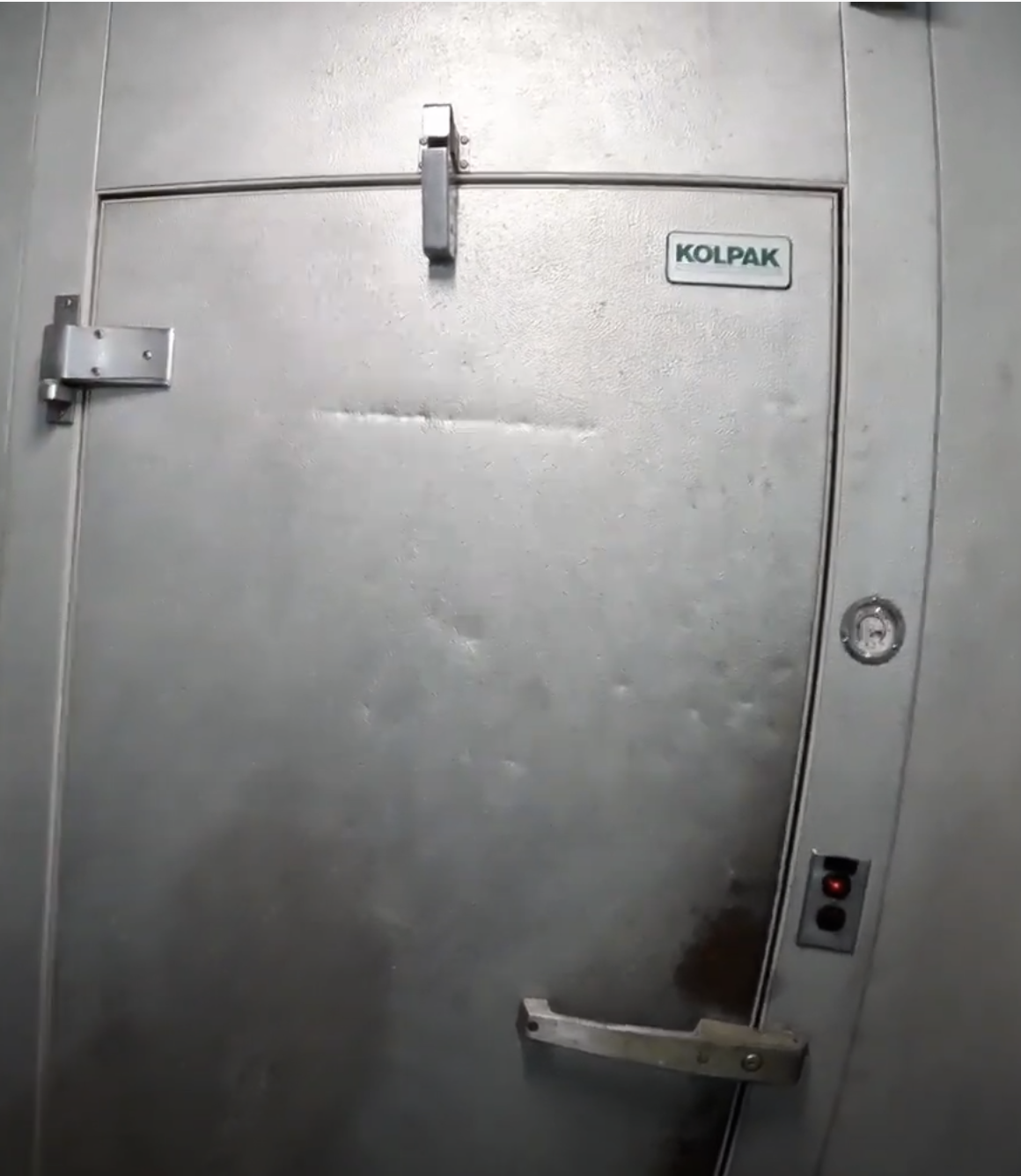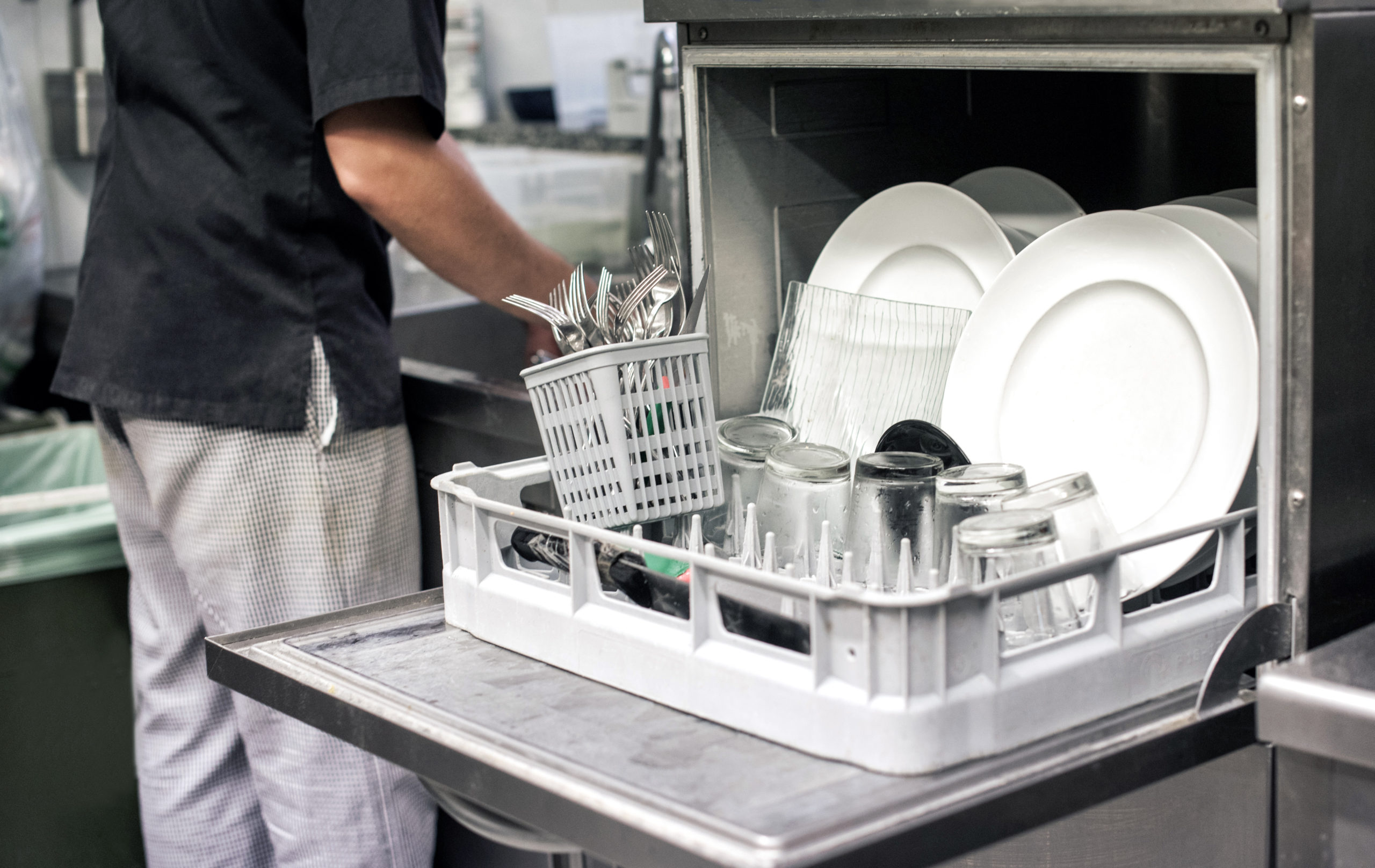
A refrigerator has 5 main components: the compressor, fluid refrigerant, the heat exchanger, the evaporator fan, and a thermal expansion valve. Below, we will go over each part and learn what roll they play.
The Compressor
The refrigerator compressor is actually a pump that pushes the refrigerant through the fridge. The compressor contracts the refrigerator vapor, upping the pressure and begins to push it through the coils that are located outside of the refrigerator.
Temperature sensors let the compressor know when to begin, when the air inside the refrigerator rises above the point it was set. Because, not a single refrigerator is completely airtight. Some cold air comes out while at the same time warmer air comes in causing the refrigerator to be above the set point, thus beginning the compression phase.
Refrigerant Fluid
Refrigerant is a mixture that is most frequently a fluid that is used in the refrigeration cycle. The refrigerant goes through something called “phase transition” changing it from a liquid to a gas. Refrigerant as stated in the previous heading, is a mixture that pumps through the compressor.
Heat Exchanger
A heat exchanger is an accessory used to exchange heat within two or more fluids. Meaning that the heat exchanger is a tool used in both the heating and the cooling process. Making so the fluids could be separated by a solid wall or in direct contact with each other.
Evaporator Fan
The evaporator fan is constantly running even if all other parts of the refrigerator are off. The Evaporator fan is in charge of keeping air flowing into the the refrigerator box. It keeps air blowing into the evaporator coils so the refrigerant can consume the heat from the box.
Thermal Expansion Valve
The thermal expansion valve is a very important piece in the refrigeration cycle. Its job is to control the amount of refrigerant that enters the evaporator, keeping the current refrigerant temperature and its saturation temperature at the current pressure, at a stable value, ensuring that the only phase in which the refrigerant leaves the evaporator is vapor, and at the same time, supplying the evaporator’s coils with the optimal amount of liquid refrigerant to achieve the optimal heat exchange rate allowed by that evaporator.
Taking Care of Your Fridge
With all this being said you’re probably wondering how you can make your fridge last as long as possible. Here are a few steps that should help make it as simple as can be.
- Keeping your fridge clean is one of the most effective ways to help your fridge last longer.
- Don’t keep your fridge empty for too long. That being said, it is also a bad idea to overfill your fridge.
- Don’t put your fridge near a heat vent or heating system.
- Make sure the food you store is covered and set it to the right temperature.
- Last but not least, check your fridge for problems such as weird noises warm air and other sorts of things like that.
Proper Way to Transport Your Fridge
- First and most important is emptying your fridge of any food or drinks.
- It is very important that you defrost your fridge at least 24 hours before to ensure that there are no leaks that could cause damage to your fridge.
- Make sure to wash each shelf in your fridge and any drawers to ensure that it is clean and ready to go.
- After everything is washed cleaned and dry, take out any extra shelves and drawers and package them separate from the fridge. Ensuring that there’s no chance for them to slide or break while transporting.
- Measure your doors, refrigerator, and moving truck to ensure that you have room to remove your fridge.
- Next, using a dolly or another moving tool, secure the refrigerator using moving straps or ropes.
- When moving your refrigerator from the dolly, try to ensure that the refrigerator is upright at all times.
- After moving it into the truck, strap the refrigerator in place or, if possible, place other boxes up against it for support.
- Repeat steps 5 and 6 to remove fridge from truck or moving vehicle and you’re ready to go. Good Luck!!!
We hope these answers have been helpful to you. At Touchstone Commercial Services we strive for excellence and customer satisfaction. If you have any more questions feel free to contact us, and if you find yourself in need of commercial maintenance and repair, we are happy to help!


